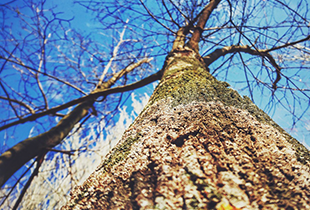
Just about everyone uses a wood cutting board. They are easily available, affordable and a great help in the kitchen. But to be honest, we don’t think much about how they are made. On the surface, they look like a basic piece of wood. Truth is, it’s not that simple.
This article will tell you in detail about the processes a piece of wood has to go through before it becomes your favourite kitchen necessity.
Before we get into the details of how wood is prepared to make cutting boards, we need to decide which species to use.
The wood that works best for a cutting board is dense, hardwood with fine grains. Commonly used hardwoods include cherry, maple, oak, walnut and birch. But each has its pros and cons. While all these types are high-quality wood, it’s up to you to decide what suits your requirements best.
Whatever type of wood is chosen, it must go through the same procedure before it becomes a cutting board.
It is, however, important to understand the nature of wood. This is because environmental conditions, such as humidity, can affect it. It can expand or contract at any point in the process.
The first step is putting the log through a sawmill. For commercial reasons, we want to cut the wood in such a way so that we get the greatest number of usable boards.
Sawyers have come up with clever ways to cut the wood, including true quartersawn, plainsawn and quarter and rift sawn techniques.
A piece of lumber has three surfaces and are distinguished by their grains. These include the following.
This is the end part of the wood. Lumber is usually cut into blocks and stuck together to make end grain cutting boards.
Why choose end grain? End grain boards are the heaviest amongst all. They are also very durable and are often chosen by restaurant chefs for their sturdiness.
The part of the wood that has lots of natural patterns is called face grain. It is created by joining together thin pieces of lumber. The patterns in face grain give it a beautiful and unique look.
Why choose face grain? This type of board is selected mostly because of its gorgeous patterns.
Edge grain is the side of the board. The faces of each strip of wood is glued together. The edge grain side is used as the cutting surface of the board.
Why choose edge grain? This type of wood absorbs very little moisture. As a result, they are easy to maintain, show fewer knife marks and are quite durable.
Why not scroll through a variety of our hardwood cutting boards before you decide on the one you like best? We offer a wide range of maple, cherry and walnut boards!